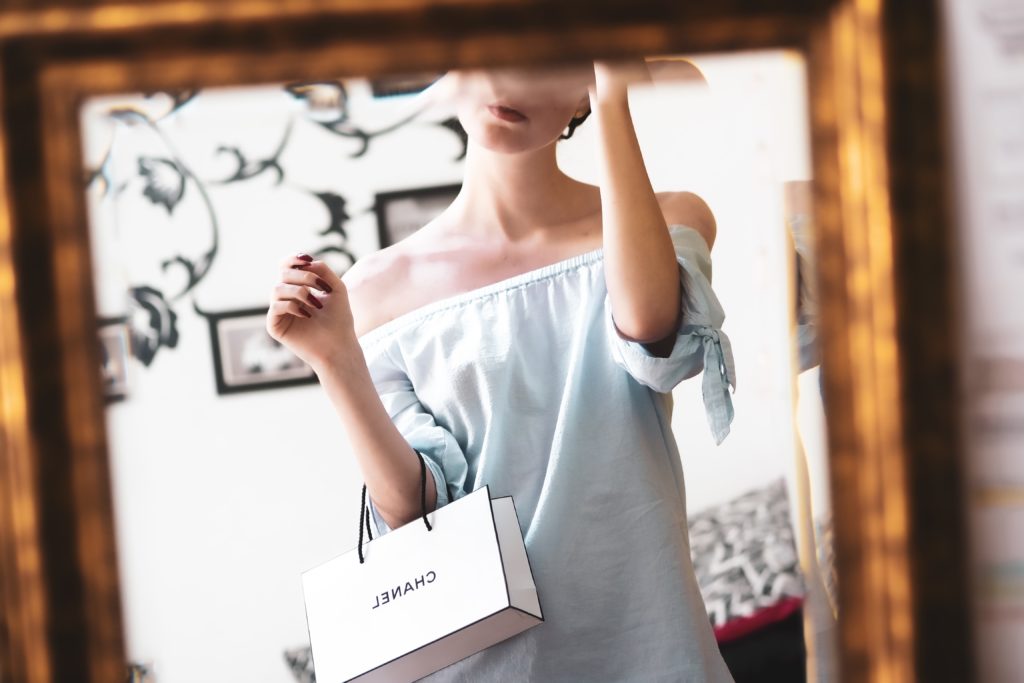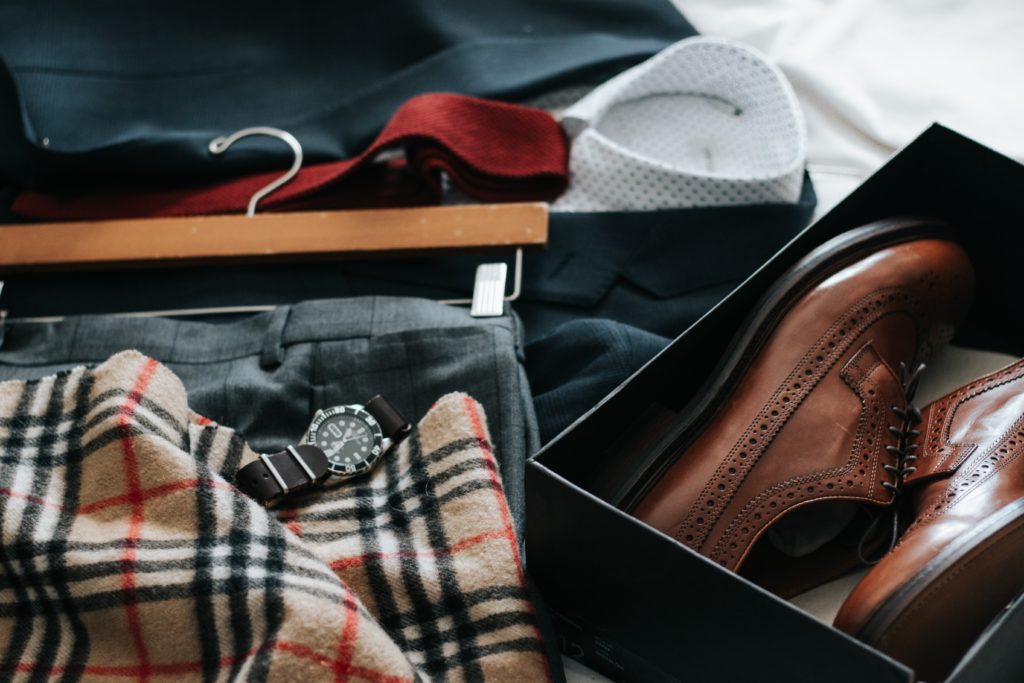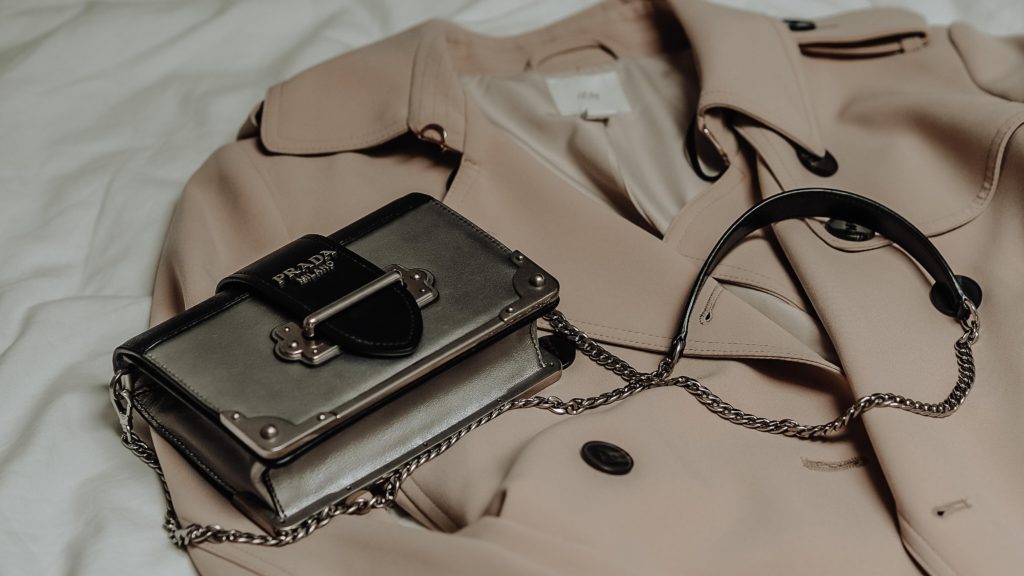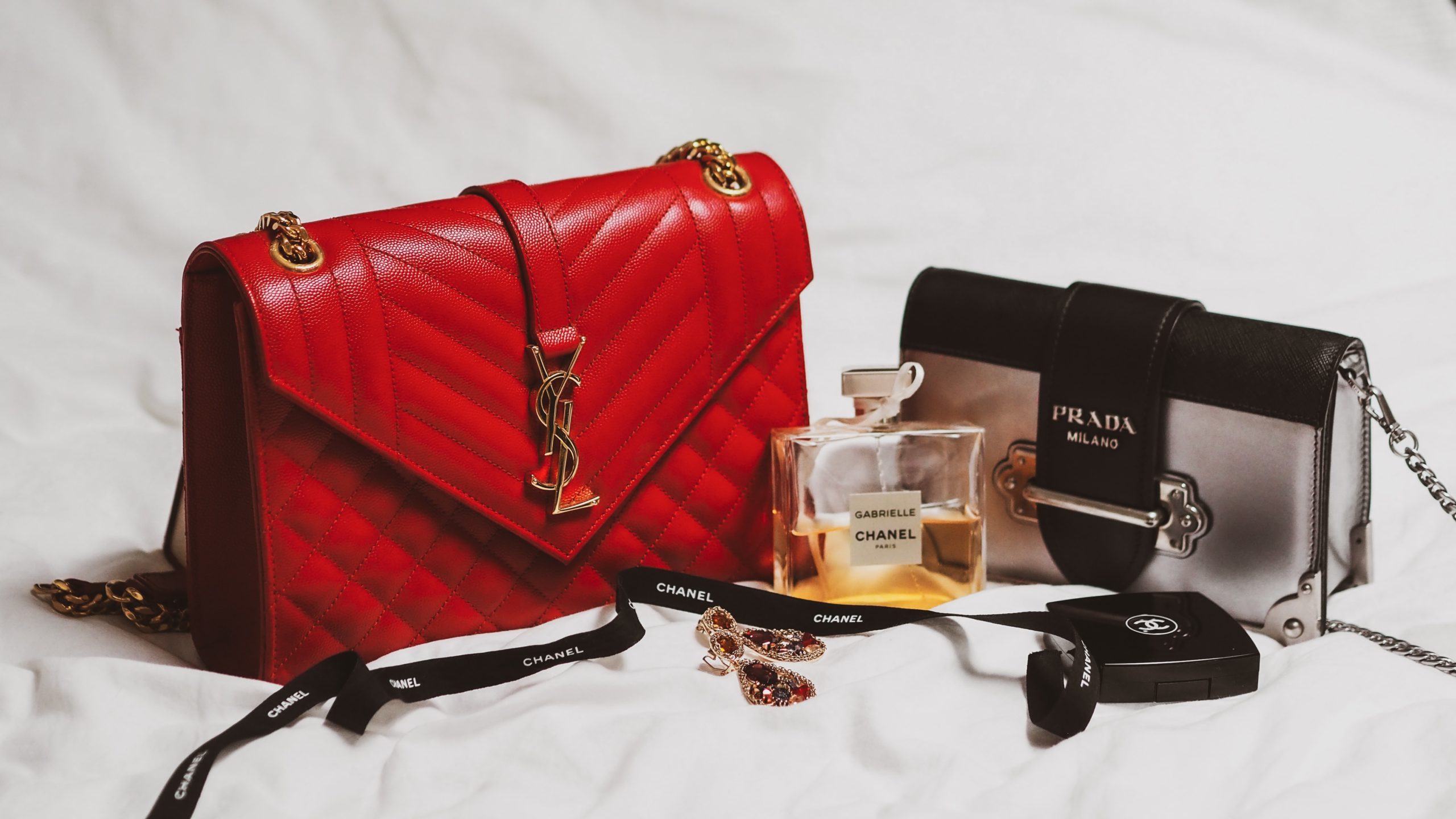5 Mins Read
What does the future hold for the luxury resale market? The future is bright, according to recent findings from McKinsey.
McKinsey looked at the resale luxury market late last year. Consumer research was conducted in the U.S., EU and Asia. Overall findings concluded that consumers are growing the sector. If judicious, brands could enter the market without creating cannibalistic margin erosion. Companies seeking to steer clear risk missing out on opportunities to garner new customers. Finding unique ways to participate in the market will prove vital for luxury brands. Such participation was identified as appealing to consumers.
Research was carried out over a three-month period. Both consumers and brands were consulted. The market is predicted to grow between 10-15 percent in the next 10 years, making it a permanent fixture in the retail sector. Reasoning has been linked to new e-commerce platforms and a shift in buying habits.
The following report findings shed light on the burgeoning resale luxury market:
1. Generational consumers are driving growth
Gen Z and Millennials have been identified as being more willing to buy pre-loved items than Gen X and beyond. This is directly linked to the digitisation of selling and the uprising of specialist resale apps and luxury platforms.

2. At present, half the market is made up of jewellery and accessories sales
Of this half, a third is identified as being shoe and handbag-related. This has helped to recognise a female-centric driving force for the industry. It is estimated that by 2025, a full third of the watch market will be resale. There was no accounting for the valuable collectible watch sector. With brands such as Rolex being deemed more desirable once they reach ‘vintage’ status’, this will have an impact on industry figures.
3. The online market is growing faster than traditional retail
Currently, online platforms account for 25-30 percent of luxury resales but this figure is estimated to be growing by up to 30 percent per year. Consumers are attracted to the ease of use and variety of additional services offered. Authentication of branded goods is a popular feature and consumers are willing to pay more for a pre-owned piece that is guaranteed to be genuine.
Pandemic shopping limitations have created a shift in buying styles, however. Online sales rocketed as a result of closed physical locations and may have created lasting habits.
4. Consumer buying motivation fall into three key areas
41 percent of survey respondents revealed that they are looking for rare or no longer available pieces. If lines have previously sold out, they stand a better chance of finding them via pre-owned sales platforms. Sustainability was another draw, with consumers demonstrating more awareness about the fashion industry’s environmental downfalls. Affordability was cited by 35 percent of participants. Luxury resale offered the opportunity to own inexpensive items for significantly less than retail cost.
A quarter of respondents felt that buying luxury resale was easier than buying new. The same number indicated they could receive items faster by buying pre-owned than waiting for new stock availability.

5. A circular economy is evolving
Nine in ten resale buyers also buy brand new pieces. 75 percent actively participate in the market as sellers too. This indicates a luxury branch of the circular economy model in progress. Reasons for sale include freeing up storage space, changing styles and seasonal rotation.
6. Consumers respond to brand participation
Luxury brands actively contributing to the resale market is still a widely unrecognised practice. Gucci has revealed a partnership with TheRealReal, but such collaborations are still not well publicised. When consumers do find out about them, it has been shown to create positive connotations. Customer loyalty and brand desirability appear to remain intact.
7. Willingness to sell pre-owned garners quality trust
Four in ten buyers feel that active participation from brands will raise the value of their pre-owned pieces. This is, in part, due to an assumption of superior quality. Notions of sustainability were also addressed. As a notorious contributor to climate change, the fashion industry has a lot to overcome. Brands encouraging the resale of their pieces allude to a ‘buy less, use more’ mindset that is appealing to conscious shoppers. Less counterfeiting was also floated as a potential positive.

8. Cultural perceptions come into play
McKinsey discovered that cultural perceptions of brand participation in the resale luxury market vary greatly. In the U.S. and France, it is seen as a positive and consumer-beneficial practice. Buyers are willing to participate and enjoy the rewards. However, Japanese consumers take a vastly different tack. They revealed a clear reduction in brand loyalty when pre-owned market entry was discovered.
The U.S. has been identified as an important region for the secondhand fashion industry, independent of luxury resale.
9. Brands need to make the process special
McKinsey used the pre-owned luxury car market as a model for comparison. Brands were slow to cotton on to the potential and failed to treat consumers equally at the start. Having identified the sector as lucrative, attitudes changed and buyers found themselves enjoying preferential treatment regardless of buying a new or used vehicle. Luxury fashion brands will need to follow suit, IF they decide to get on board.
Products plus experience make for brand loyalty. One cannot make up for lack of the other. Meaningful value in both areas needs to be maintained.
10. Deciding how to enter the sector will be key for brands
If luxury names decide to embrace the resale market, they have a tough decision: do it alone or partner with a platform. Acceptable risk, innovative ideas and profit margins will be considered factors. The risk will be lower with an experienced platform partner, but so too will profits. Designing a bespoke resale system will allow for targeted consumer tactics and marketable tactics but may not generate enough interest.
The report concludes by reiterating that the luxury resale market is a promising sector. Consumer interest is creating growth and brands need to decide soon if they are in or out. Prada is currently trying to make this decision. It has recently acknowledged the secondhand market as a growing space but has yet to announce how it intends to participate.
All images courtesy of Unsplash.




